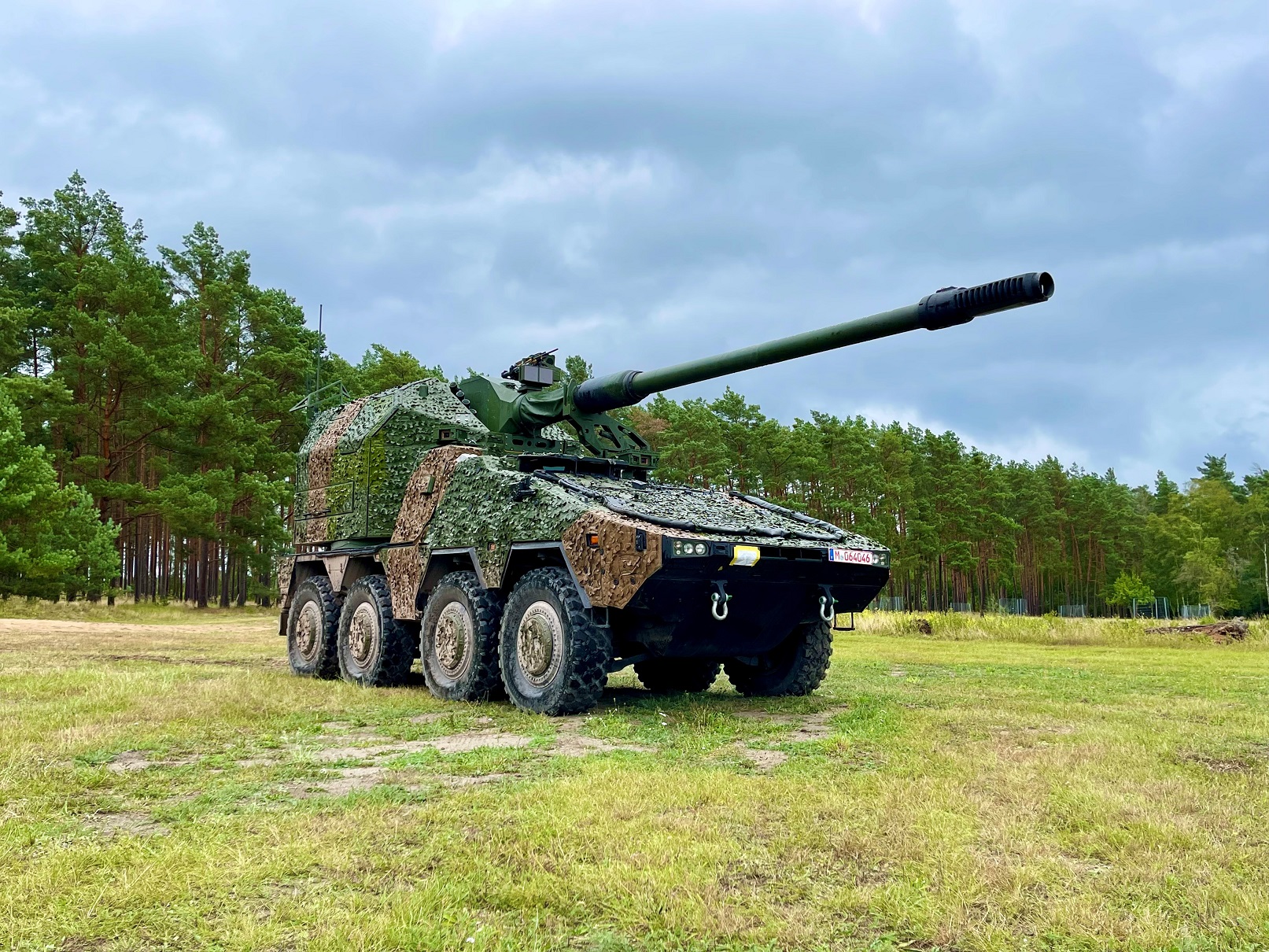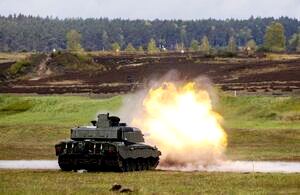Martin-Baker US16E Ejection Seat results validated

Above: The successful F-35 Zero-Zero Ejection Test.
The USAF signed the military flight release document 2nd May 2017 which lifted the restriction on the F-35 pilots that weigh less than 136 pounds. Martin-Baker Field Teams have begun installing modification kits to the Ejection Seats. The first seat was modified and the aircraft flew 4th May.

Above: Martin-Baker F-35 Sled Test.
“This is a testament to the men and women of Martin-Baker who were presented with an issue, engineered simple and cost-effective solutions, and proved through rigorous testing that we were making pilots’ lives safer,” said James Martin, Martin-Baker Joint CEO.
“This has been the most-scrutinized and intensively tested ejection seat in history. We are extremely pleased that we have successfully met all the specified physiological head and neck load requirements as demonstrated during the Ejection Seat test program.”
At issue were the potential for head and neck injuries for the entire escape system, which includes the GenIII Lightweight Helmet. Martin-Baker and industry partners made modifications and came up with a three-part solution: a timing delay switch to modify the parachute load for pilots of different weights; a head support panel to drastically reduce the amount of stress of the head and neck; and significantly reducing the weight of the helmet.

Above: The Martin-Baker Timing Delay Switch Modification.
“I have personally briefed every single F-35 pilot in the United States Air Force about these changes to their ejection seat, and I’m confident our pilots are no longer concerned with the safety of the F-35 ejection system. I’ve flown in this seat myself and believe, with these modifications, this is the safest ejection seat I’ve ever flown, “said Brig Gen Scott L. Pleus, F-35 Integration Office Director.
A robust test programme evaluated these modifications across the pilot size and speed ranges. Ejection tests were carried out at Martin-Baker’s test facilities, at the USAF high speed track in Holloman AFB, NM and also at altitude where the US16E was ejected at altitudes up to 27,000ft. These ejection tests were supported by live parachute jumps onto land and sea, and extensive component and rig testing.
“I have an Ejection Seat on this airplane now that is better than anything in the field or anything projected to be in the field,” US Air Force Lt. Gen. Christopher Bogdan, head of the F-35 Joint Program Office, told reporters in March. “It can handle a pilot from 103 pounds to 240-pus pounds from about five feet up to a six-and-a-half foot person.
That set of body sizes cannot be replicated in any other Ejection Seat in the world, and it meets the requirement, so as a program manager, I’ve got what I need.”
“There is nothing more important than saving pilots lives,” said Steve Roberts, Martin-Baker F-35 program manager. “When the head and neck load exceedances were reported, we were still well below the levels allowed in legacy aircraft - which are only qualified to 136lbs. We’ve taken the complex technical requirements and produced the safest Ejection Seat in the world.”
We’re extremely proud of the work that we have carried out in the collaboration with the pilots, the government, and our industry partners. This is a success story in which the supplier has stepped up and fixed a technically complex issue which critically important for the F-35 pilots.”
Martin-Baker has saved 7,541 lives since 1949, of which over 3,500 are American aircrew. This year alone, an additional six American aircrew lives have been saved. Martin-Baker supports more than 90 air forces worldwide, 56 aircraft types and currently has over 17,000 seats in service.











